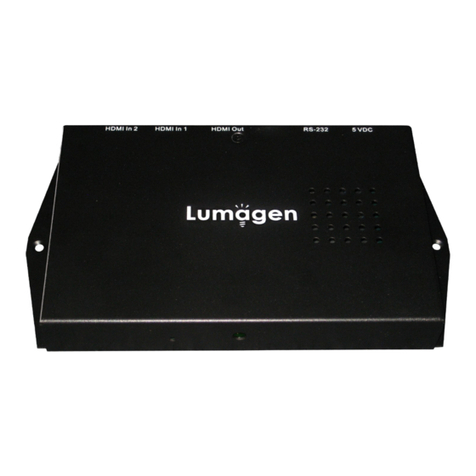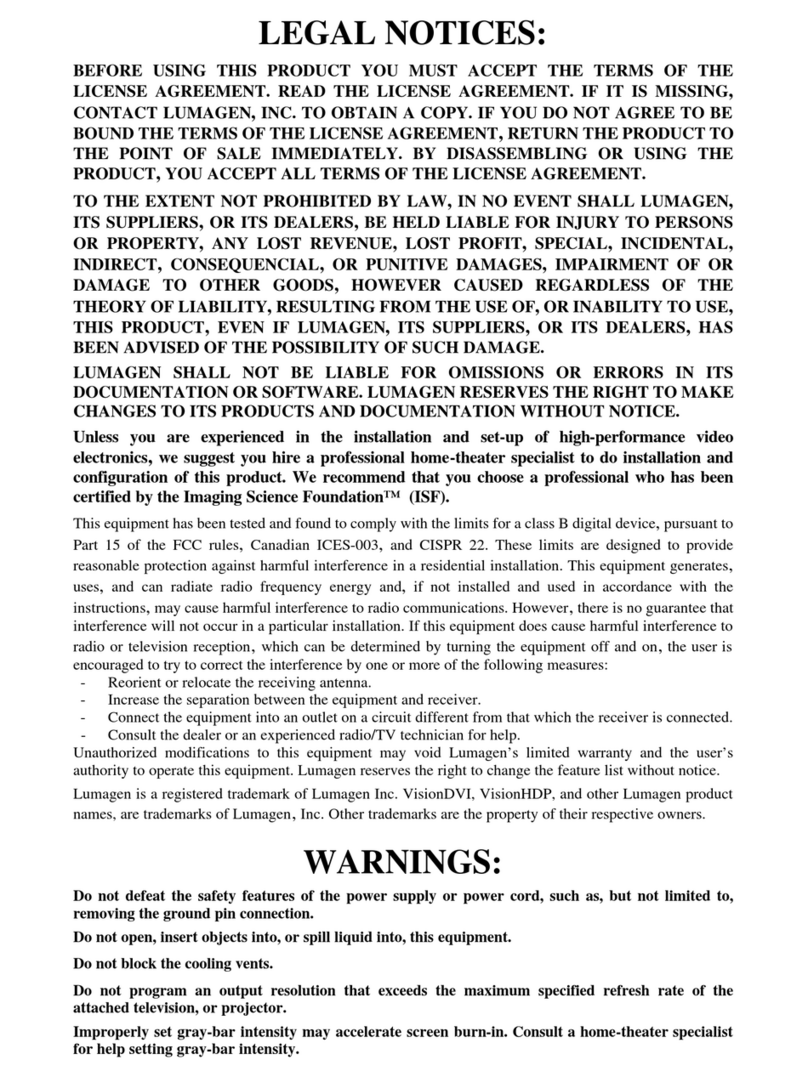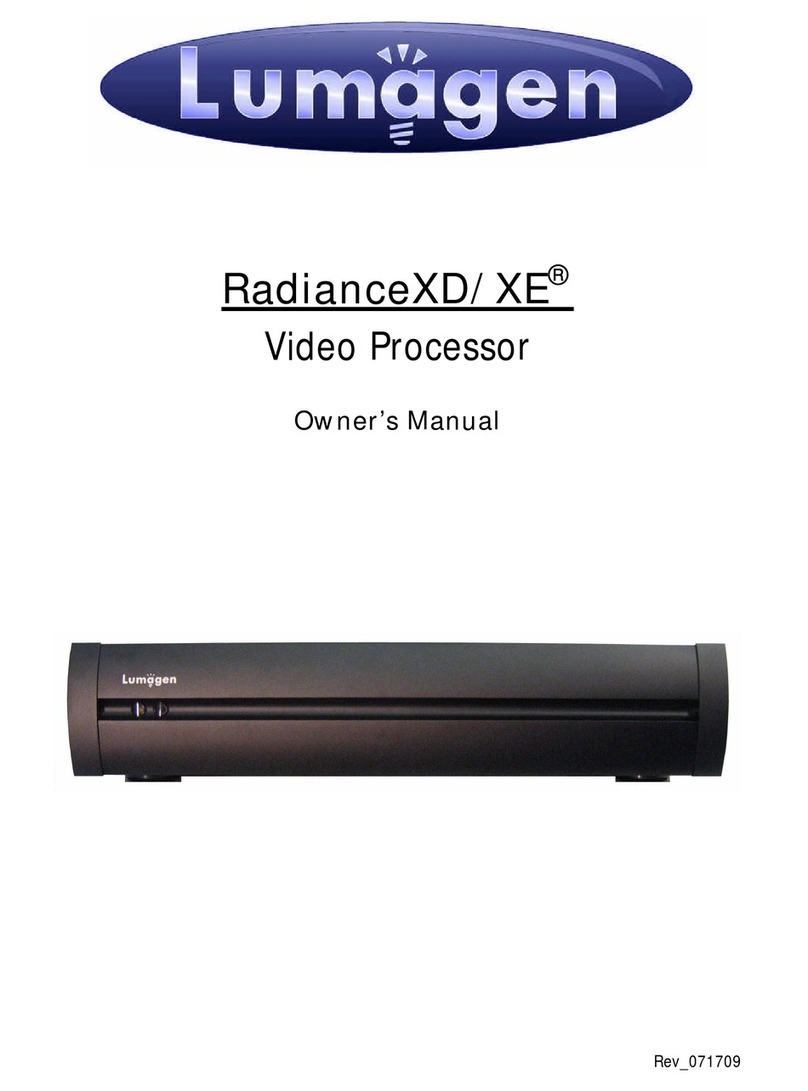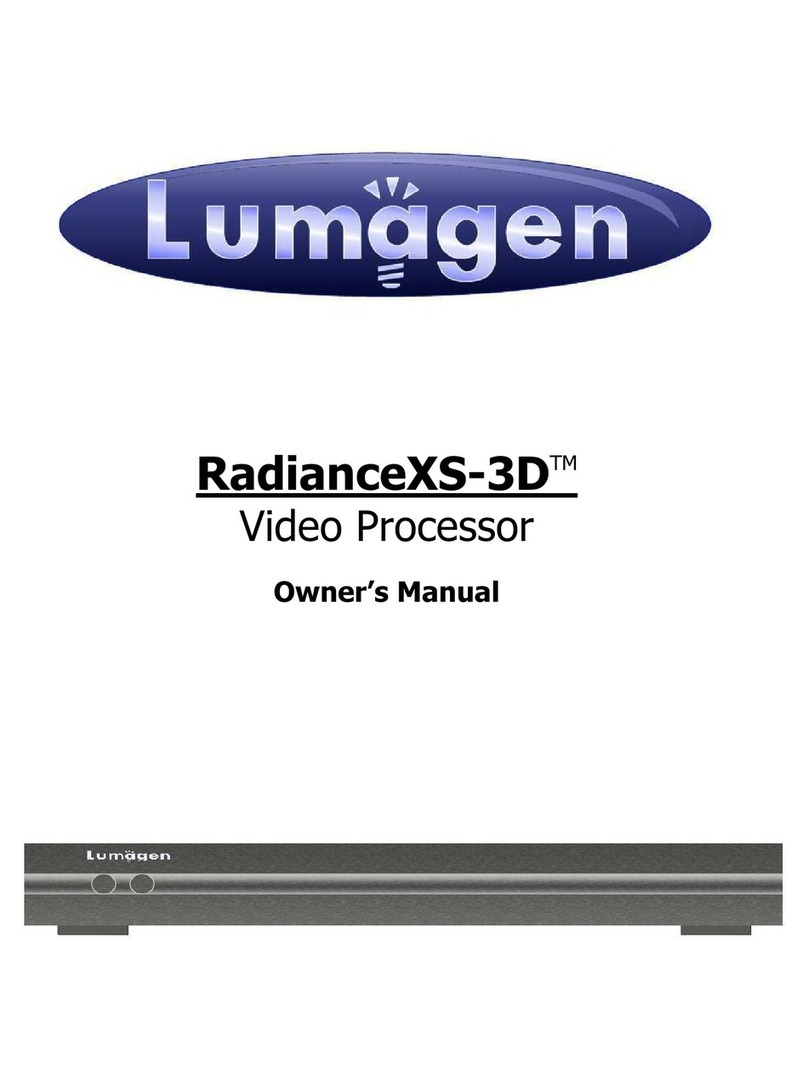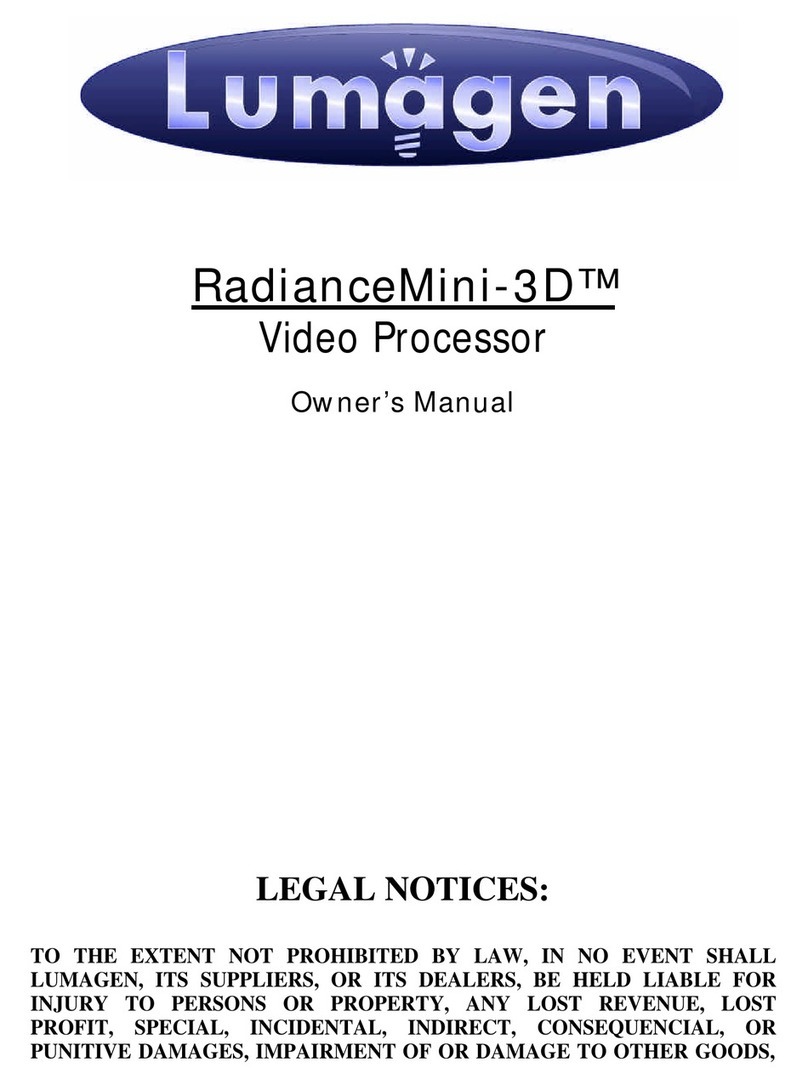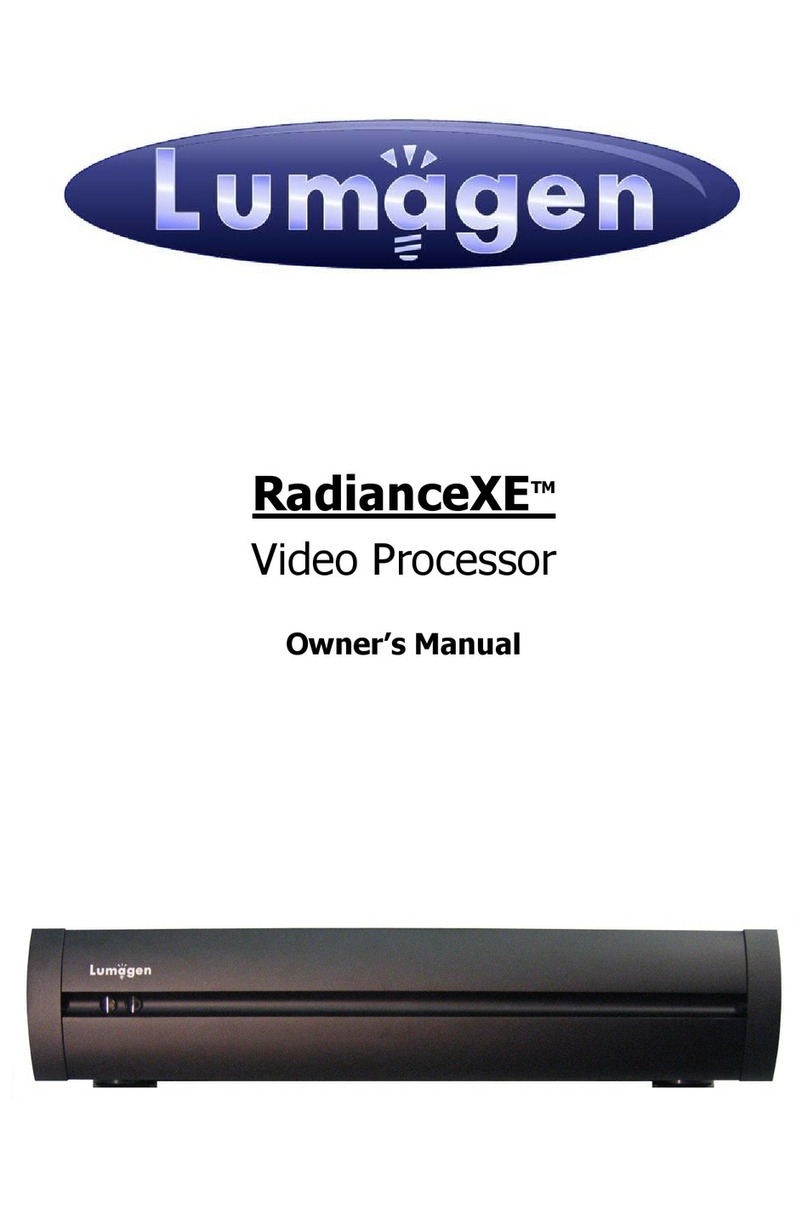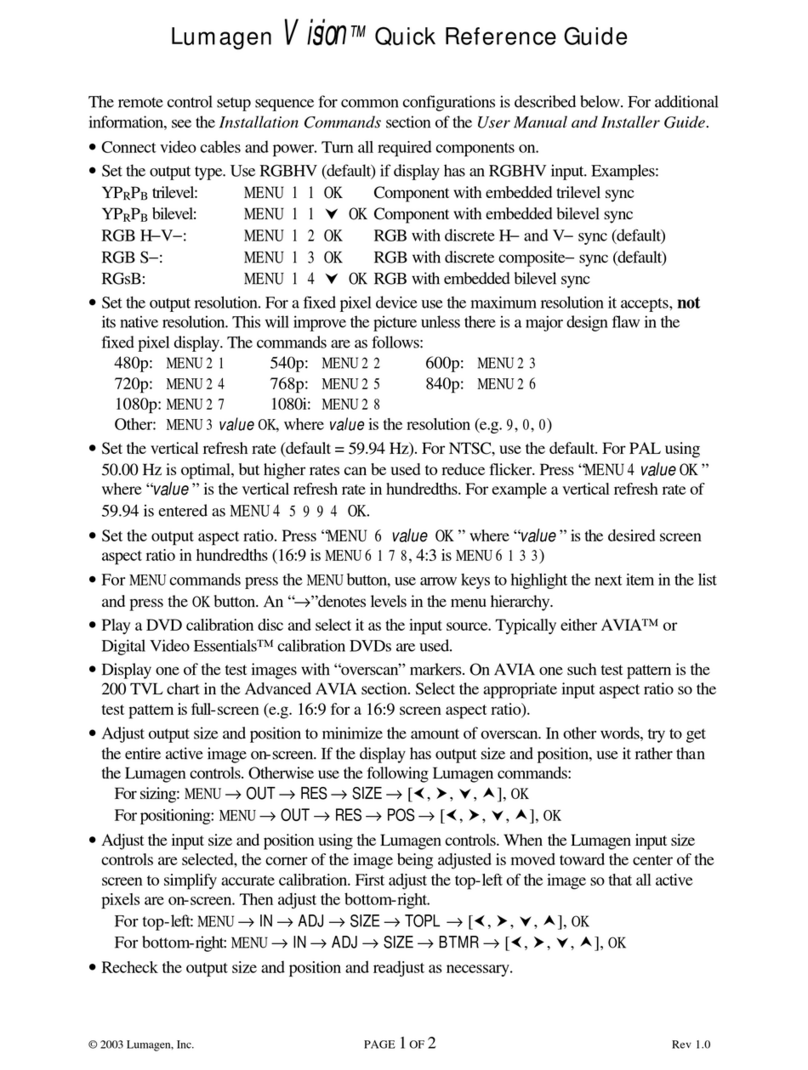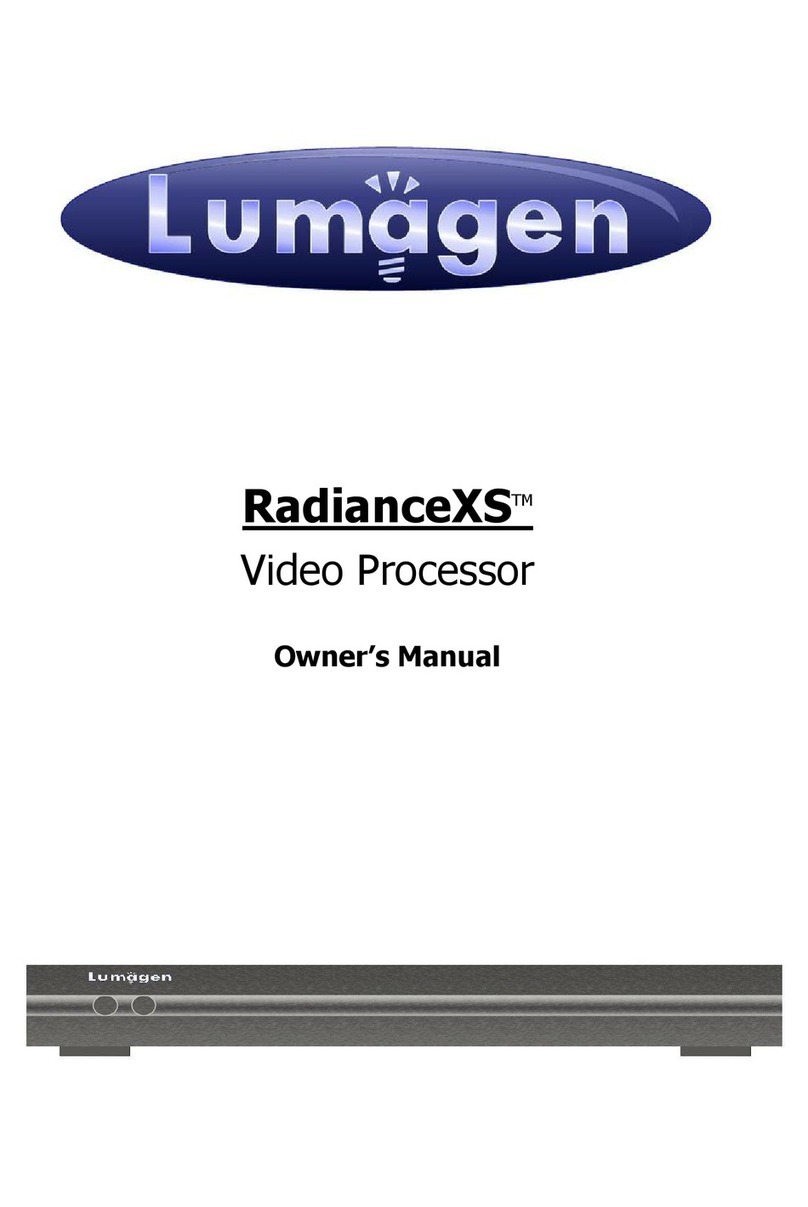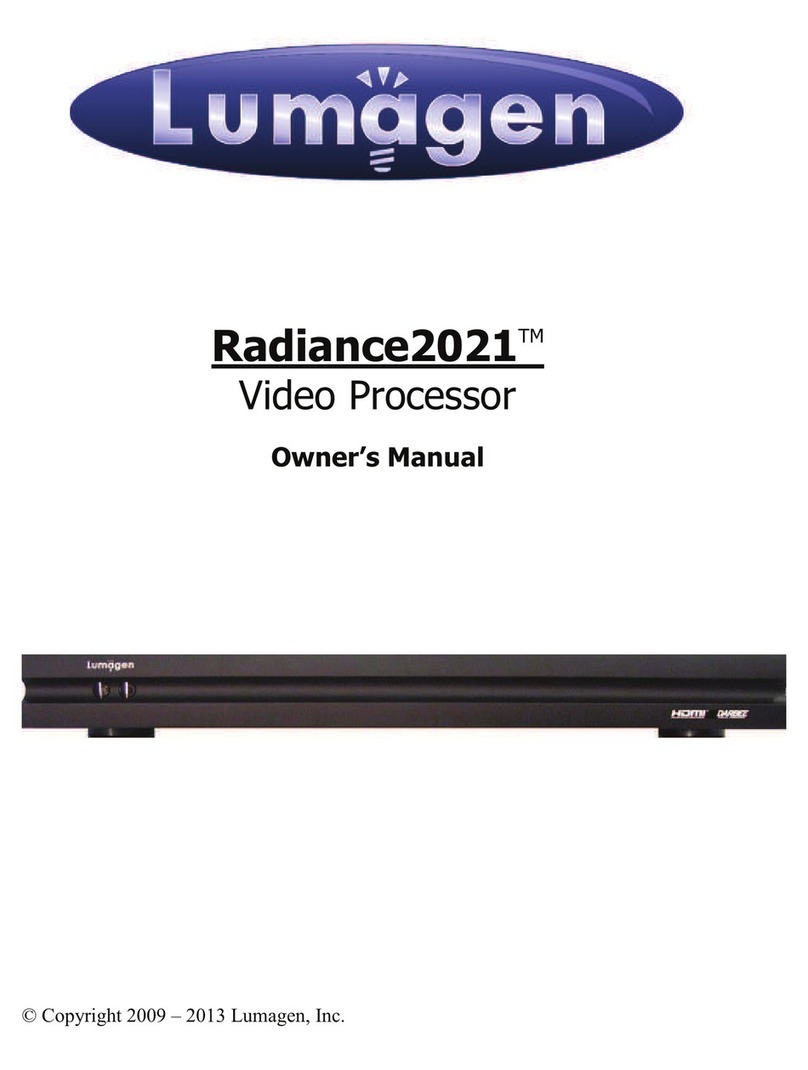
LEGAL NOTICES:
BEFORE USING THIS PRODUCT YOU MUST ACCEPT THE TERMS OF THE LICENSE
AGREEMENT. READ THE LICENSE AGREEMENT. IF IT IS MISSING, CONTACT
LUMAGEN, INC. TO OBTAIN A COPY. IF YOU DO NOT AGREE TO BE BOUND THE
TERMS OF THE LICENSE AGREEMENT, RETURN THE PRODUCT TO THE POINT OF SALE
IMMEDIATELY. BY DISASSEMBLING OR USING THE PRODUCT, YOU ACCEPT ALL
TERMS OF THE LICENSE AGREEMENT.
TO THE EXTENT NOT PROHIBITED BY LAW, IN NO EVENT SHALL LUMAGEN, ITS
SUPPLIERS, OR ITS DEALERS, BE HELD LIABLE FOR INJURY TO PERSONS OR
PROPERTY, ANY LOST REVENUE, LOST PROFIT, SPECIAL, INCIDENTAL, INDIRECT,
CONSEQUENCIAL, OR PUNITIVE DAMAGES, IMPAIRMENT OF OR DAMAGE TO OTHER
GOODS, HOWEVER CAUSED REGARDLESS OF THE THEORY OF LIABILITY, RESULTING
FROM THE USE OF, OR INABILITY TO USE, THIS PRODUCT, EVEN IF LUMAGEN, ITS
SUPPLIERS, OR ITS DEALERS, HAS BEEN ADVISED OF THE POSSIBILITY OF SUCH
DAMAGE.
LUMAGEN SHALL NOT BE LIABLE FOR OMISSIONS OR ERRORS IN ITS
DOCUMENTATION OR SOFTWARE. LUMAGEN RESERVES THE RIGHT TO MAKE
CHANGES TO ITS PRODUCTS AND DOCUMENTATION WITHOUT NOTICE.
Unless you are experienced in the installation and set-up of high-performance video
electronics,we suggest you hire a professional home -theater specialist to do installation and
configuration of this product. We recommend that you choose a professional who has been
certified by the Imaging Science Foundation™ (ISF).
This equipment has been tested and found to comply with the limits for a class B digital device,
pursuant to Part 15 of the FCC rules, Canadian ICES-003, and CISPR 22. These limits are
designed to provide reasonable protection against harmful interference in a residential
installation. This equipment generates, uses, and can radiate radio frequency energy and, if not
installed and used in accordance with the instructions, may cause harmful interference to radio
communications. However, there is no guarantee that interference will not occur in a particular
installation. If this equipment does cause harmful interference to radio or television reception,
which can be determined by turning the equipment off and on, the user is encouraged to try to
correct the interference by one or more of the following measures:
-Reorient or relocate the receiving antenna.
-Increase the separation between the equipment and receiver.
-Connect the equipment into an outlet on a circuit different from that which the receiver is
connected.
-Consult the dealer or an experienced radio/TV technician for help.
Unauthorized modifications to this equipment may void Lumagen’s limited warranty and the
user’s authority to operate this equipment.
Lumagen is a registered trademark of Lumagen Inc. VisionDVI, VisionHDP, VisionHDQ, and other
Lumagen product names, are trademarks of Lumagen, Inc. Other trademarks are the property of
their respective owners.
WARNINGS:
•Do not defeat the safety features of the power supply or power cord, such as,
but not limited to, removing the ground pin connection.
•Do not open, insert objects into, or spill liquid into, this equipment.
•Do not block the cooling vents.
•Do not program an output resolution that exceeds the maximum specified
refresh rate of the attached television, or projector.
•Improperly set gray-bar intensity may accelerate screen burn-in. Consult a
home-theater specialist for help setting gray-bar intensity.
